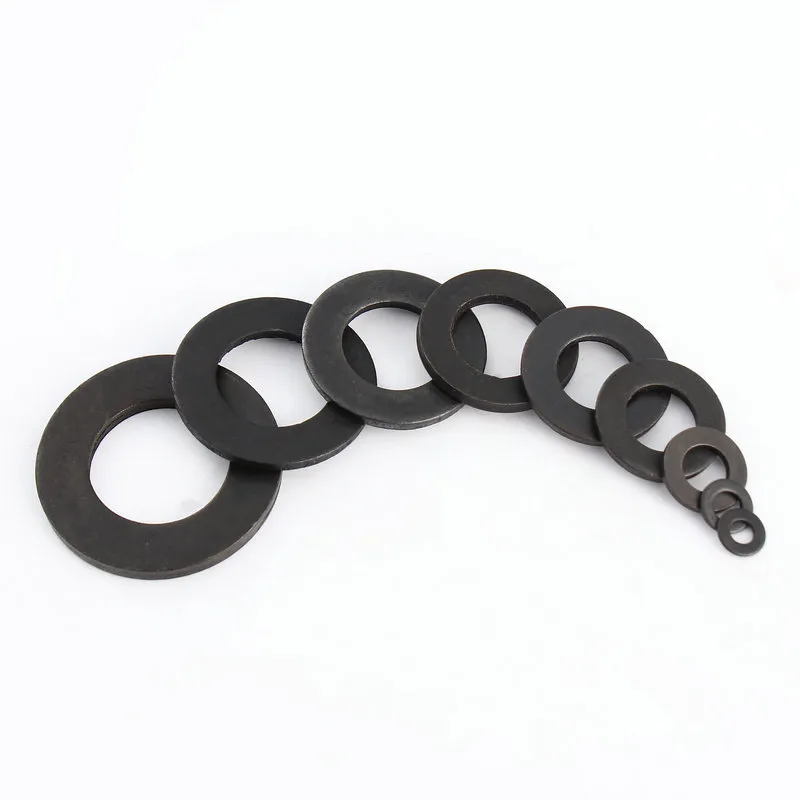

weld stud equipment
Дек . 01, 2024 18:12 Back to list
weld stud equipment
Understanding Weld Stud Equipment A Comprehensive Overview
Weld stud equipment is an essential component in the manufacturing and construction industries, providing a reliable method for joining materials using the process of stud welding. This innovative joining technique is known for its strength and efficiency, making it a popular choice across various applications, from automotive to construction projects. In this article, we will explore the workings, types, advantages, and typical applications of weld stud equipment.
What is Weld Stud Equipment?
Weld stud equipment consists of specialized tools and machines designed for the process of stud welding, where metal studs or pins are welded to a base material. The fundamental principle behind this technique is to use heat generated by an electric arc or other heating methods to melt the base and stud material, allowing them to fuse together upon cooling. This method produces a strong and durable connection that is often preferable to traditional fastening methods such as bolts, screws, or adhesives.
Types of Weld Stud Equipment
There are several types of weld stud equipment, each designed to handle different stud welding applications. The main categories include
1. Capacitor Discharge (CD) Stud Welding Equipment This type uses a small capacitor to store energy and discharge it rapidly to produce a high-temperature arc, melting the base material and allowing the stud to fuse quickly. CD stud welding is often used for lightweight to medium applications, making it ideal for thin sheets of metal.
2. Drawn Arc Stud Welding Equipment In this technique, the welding machine creates an arc by drawing the stud away from the base material at the start of the welding process. This method is suitable for heavy-duty applications and thicker materials, as it offers better control over the weld's quality and strength. Drawn arc stud welding requires the use of shielding gas to protect the weld pool from contamination.
3. Short-Circuiting Stud Welding A more advanced method that combines elements from both CD and drawn arc techniques, short-circuiting stud welding delivers excellent control over the welding process, allowing versatility in various applications. This type is especially useful for projects that require precision and high-quality welds.
Advantages of Using Weld Stud Equipment
The use of weld stud equipment offers several notable advantages
- Speed and Efficiency Stud welding is a fast process, allowing for quick assembly and reduced production times. This efficiency is particularly beneficial in high-volume manufacturing environments.
weld stud equipment

- Strong Joints Welded studs provide superior joint integrity compared to traditional fastening methods. The welded connection has a high tensile strength and can endure heavy loads, making it suitable for demanding applications.
- Minimal Surface Preparation Unlike some fastening techniques that require extensive surface preparation, stud welding typically requires less prep work, reducing labor and time costs.
- Versatility Weld stud equipment can accommodate a wide range of base materials and stud sizes, making it suitable for diverse industries and applications
.- Cost-Effectiveness Over time, the use of weld studs can lead to cost savings by minimizing the need for additional hardware and reducing assembly time.
Applications of Weld Stud Equipment
Weld stud equipment is widely used across various sectors, including
- Automotive Industry Stud welding is used for attaching components such as brackets, panels, and fixtures within vehicle assemblies, ensuring strong connections that withstand vibrations and stresses.
- Construction In building structures, welded studs can provide anchoring points for walls, ceilings, and equipment, contributing to the overall stability and safety of the structure.
- Shipbuilding The marine industry benefits from stud welding due to its ability to create strong connections in harsh environments, where corrosion resistance and strength are critical.
- Manufacturing From fabrication shops to large-scale industrial producers, weld stud equipment plays a crucial role in streamlining production processes and enhancing product quality.
Conclusion
Weld stud equipment is a vital technology in modern manufacturing and construction, offering reliable, efficient, and cost-effective solutions for joining materials. Its versatility and strength make it a preferred choice among engineers and fabricators dealing with various applications. As industries continue to evolve, the demand for advanced stud welding techniques will likely grow, further solidifying the importance of weld stud equipment in the marketplace. Understanding its capabilities and applications could provide significant advantages for businesses seeking to optimize their operations and maintain a competitive edge.
Latest news
-
Premium Self Tapping Metal Screws: Strong & Easy Install
NewsAug.02,2025
-
Premium Fasteners Manufacturer | AI-Driven Solutions
NewsAug.01,2025
-
Hot Dip Galvanized Bolts - Hebei Longze | High Strength, Corrosion Resistance
NewsAug.01,2025
-
High-Strength Hot Dip Galvanized Bolts - LongZe | Corrosion Resistance, Custom Sizes
NewsAug.01,2025
-
Best Self Tapping Screws for Drywall - Fast & Secure Installation
NewsJul.31,2025
-
High-Strength Hot Dip Galvanized Bolts-Hebei Longze|Corrosion Resistance&Customization
NewsJul.31,2025

